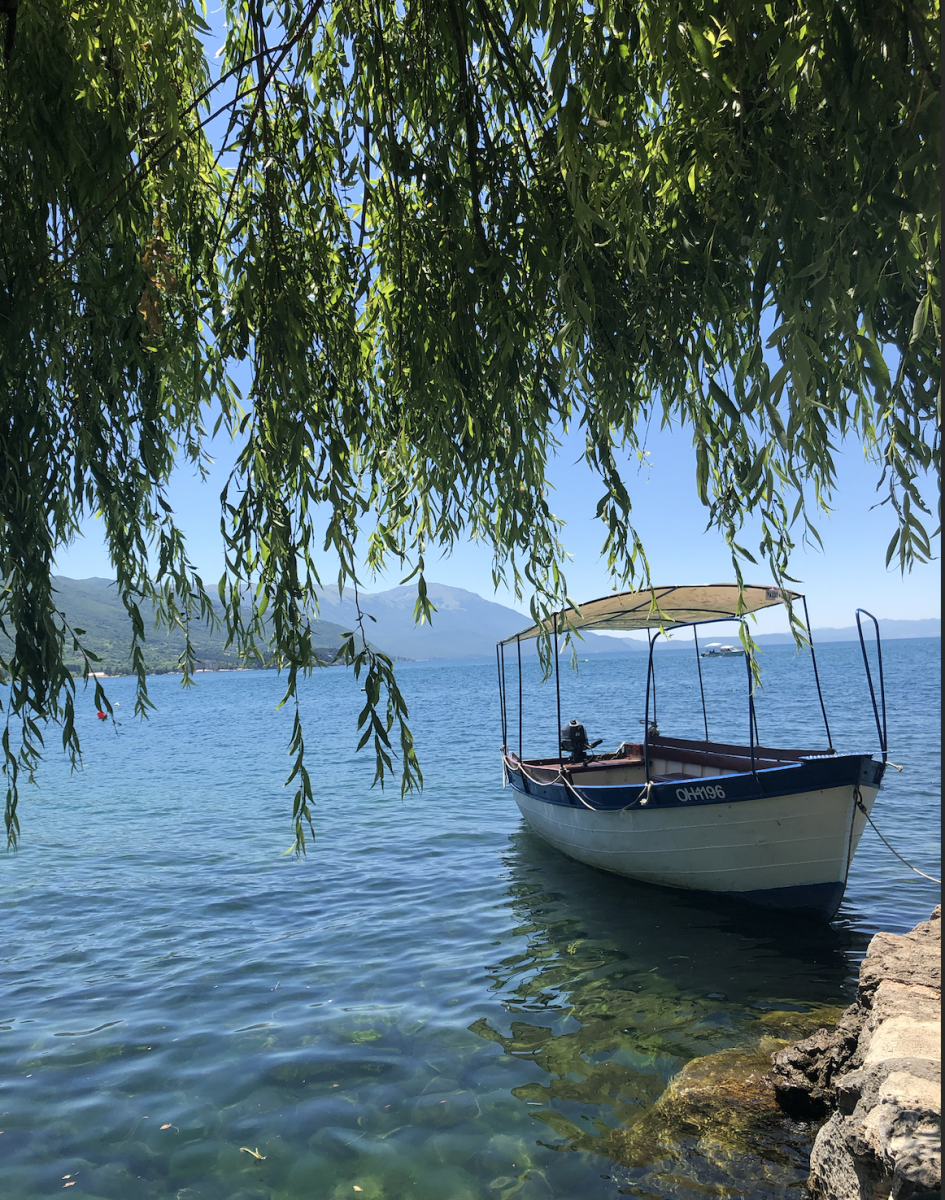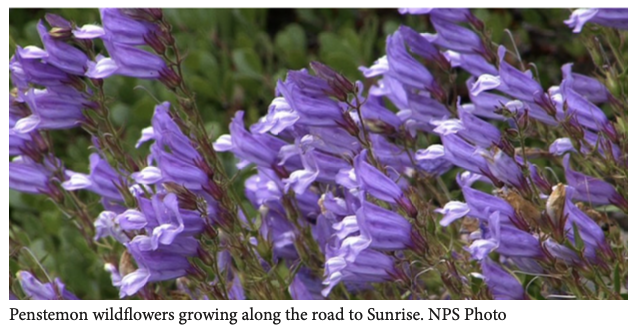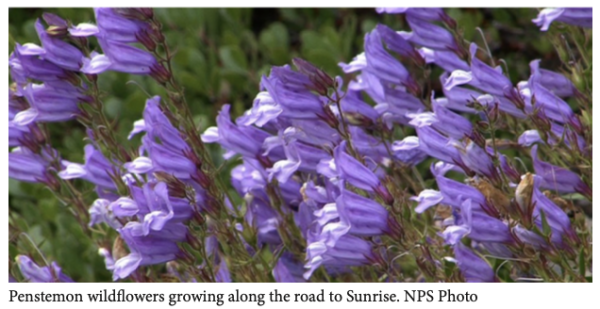Impact of wildfires escalates in WA
current number of uncontained fires across states according to data from the National Interagency Fire Center
October 4, 2018
Last summer the Washington State public was able to visibly see the effects of wildfires. According to the National Interagency Fire Center, there are still 11 fires within Washington state that are not under control. Now, two months after Jay Inslee, the governor of Washington, declared a state of emergency across the state due to wildfires, there is the question – why?
Wildfires are a natural occurrence often caused by lightning. According to Environmental Systems and Societies teacher Tyler Burns, “Historically, they are a natural process to create a balance… tempered by different natural forces.”
Wildfires regulate parasites, fungus, insects and diseases. Other wildlife has now adapted to these wildfires. Pine seeds, for example, are serotinous, meaning that seeds mature through an environmental trigger, in this case, extreme heat.
A considerable amount of these wildfires were accidental, owing to fireworks and recreational campfires. Others originated from reserved forests – some wild fires must happen naturally, but controlled forest reserves prevent these from spreading. “In an attempt to manage fires, it creates environment for more intense fires,” said Burns.
Wildfires are a natural phenomenon, but their escalation is dangerous. Due to urbanization the size of natural forests has shrunk, leaving the rest of the natural forest more vulnerable. Moreover, the urbanization makes fires more threatening to urban communities.
This year, the increase in wildfires and smoke was due to the abnormal amount of dryness that took hold of Washington. According to the Palmer Drought Index, Washington, along with 23% of the United States, was in a state of “severe drought.”
Droughts increase the chance of wildfires starting. Increase in global warming elevates the severity of the drought. In past years the Northwest avoided droughts from heavy snow packs in the mountain range. The snow packed among the mountain range would melt and build streams and rivers, declining the dryness – a regularity that would deter wildfires.
The temperature in the Northwest spiked in May, however, melting the highly packed snow in the mountain range, depriving the summer of the lower chance of wildfires.
The number of wildfires this year was not as high as in some preceding years, but they are still burning throughout the region. The impact of these wildfires will continue to grow with the increase of urbanization.










